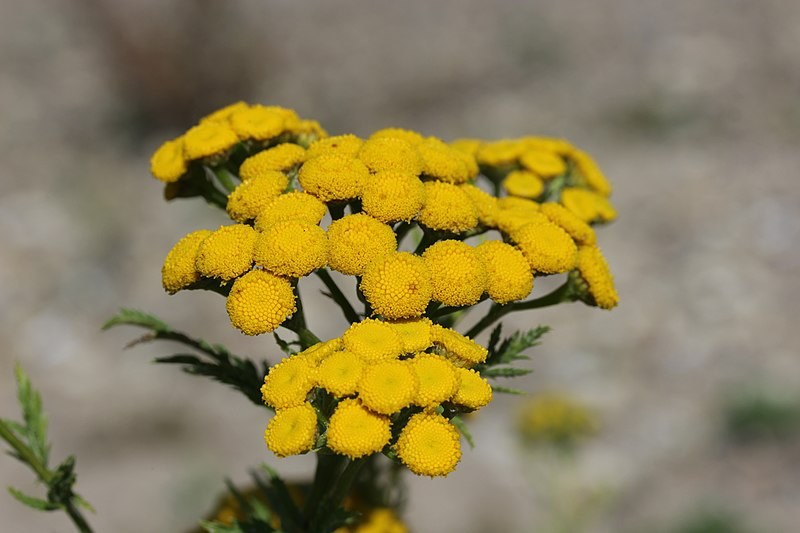City council directed staff Monday to work with the Fraser-Fort George Regional District to have the common tansy designated a regional noxious weed under the Weed Control Act.
The designation will give both bodies the authority to remove the plant from private property.
In a presentation to council, city environmental technician Claire Watkins outlined a host of reasons for making the move.
Native to Europe and Asia, they have no natural predators.
"So once they establish in a community, they'll overtake everything," Watkins said. "They crowd out everything. They crowd out native vegetation and nothing else will grow around them."
Moreover, she said they can give people rashes, may be toxic to grazing animals, can make the milk from cows who eat them taste unpleasant and when they shed their leaves for the winter, their stalks form a thicket of "skeletons" that are difficult to walk through.
However, they also have plenty of culinary and medicinal uses, "which can make it really difficult to convince people that we don't want them here," Watkins said.
A perennial, the plant can grow to nearly two metres tall and is distinguished by its divided and serrated leaves and flat topped clusters of yellow "button" flowers. Their seeds can remain viable for 25 years and they can also spread via fragments of their roots.
Small infestations can be hand pulled or dug up, bagged and taken to the landfill for burial. But large sites and clay soil are best treated with herbicides and even then may required repeated applications.
Sites where the plant has grown are never regarded as clean until they have been so for five consecutive years and after the plants have been removed, they should be replanted with a more desireable species, Watkins said in a report to council.
Working with the Fraser-Fort George Regional District, staff have identified more than 900 sites within the regional district where the plant has been found, ranging from one plant to a field nearly eight hectares in size. Within the city, 270 sites have been found of which 140 are on private property and 130 are city owned.
"I'm really concerned about infestations that we've had down by Cottonwood Island Park," Watkins told council. "We've got a lot on the Heritage River Trail and they can infest roadsides, streambanks and pastures."
The plant has been declared a noxious weed within the boundaries of five regional districts, including the Bulkley-Nechako Regional District. City staff will be working with the FFGRD to get the designation for the entire region.


